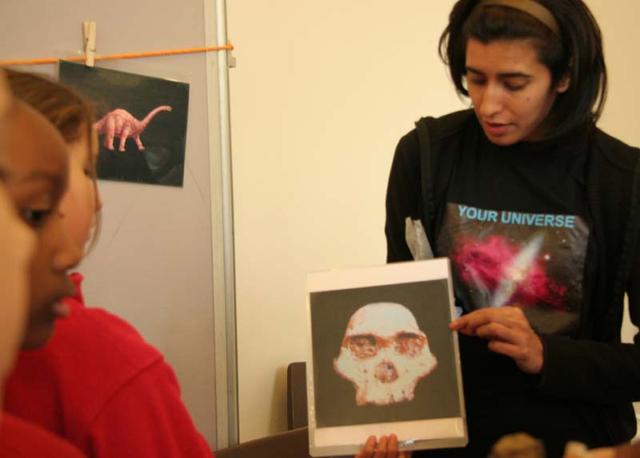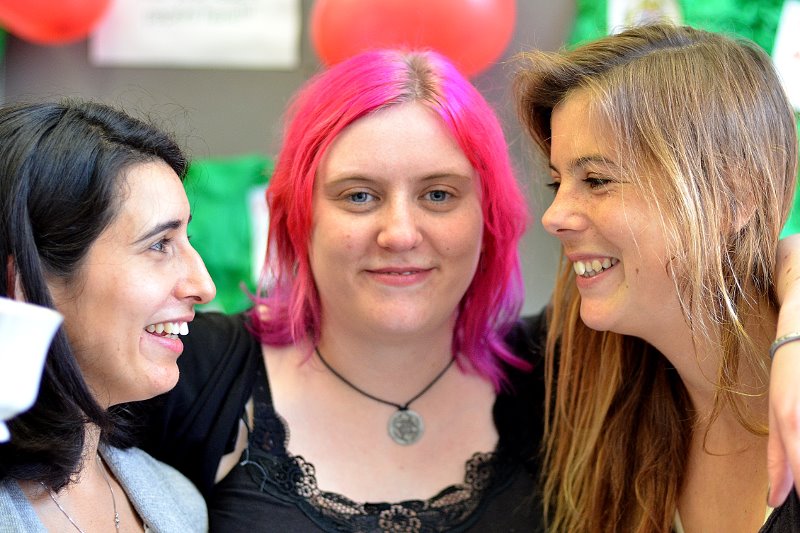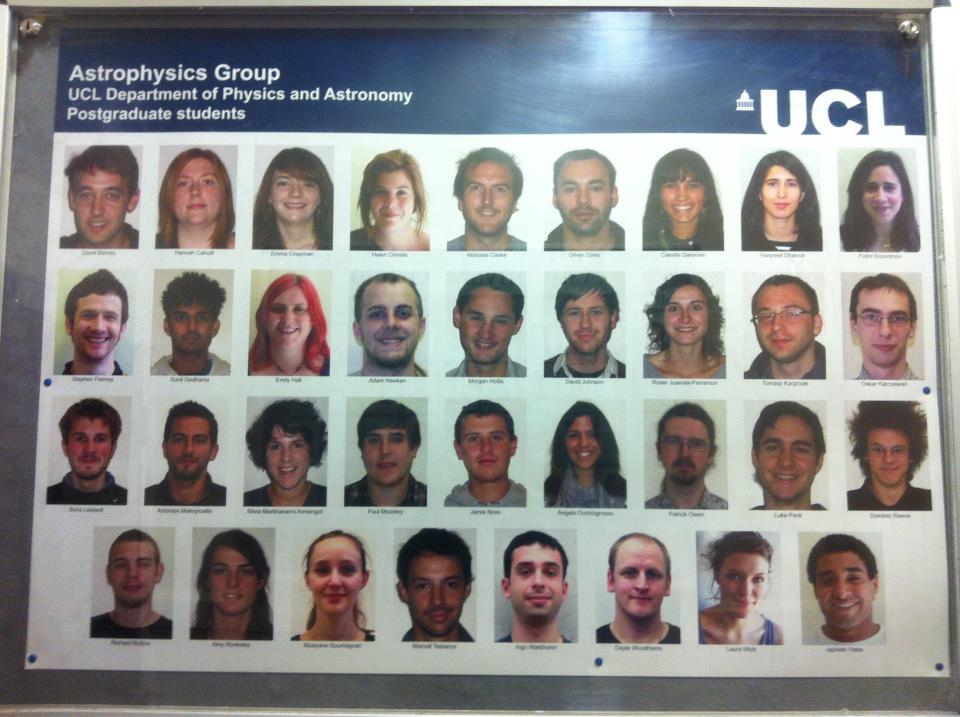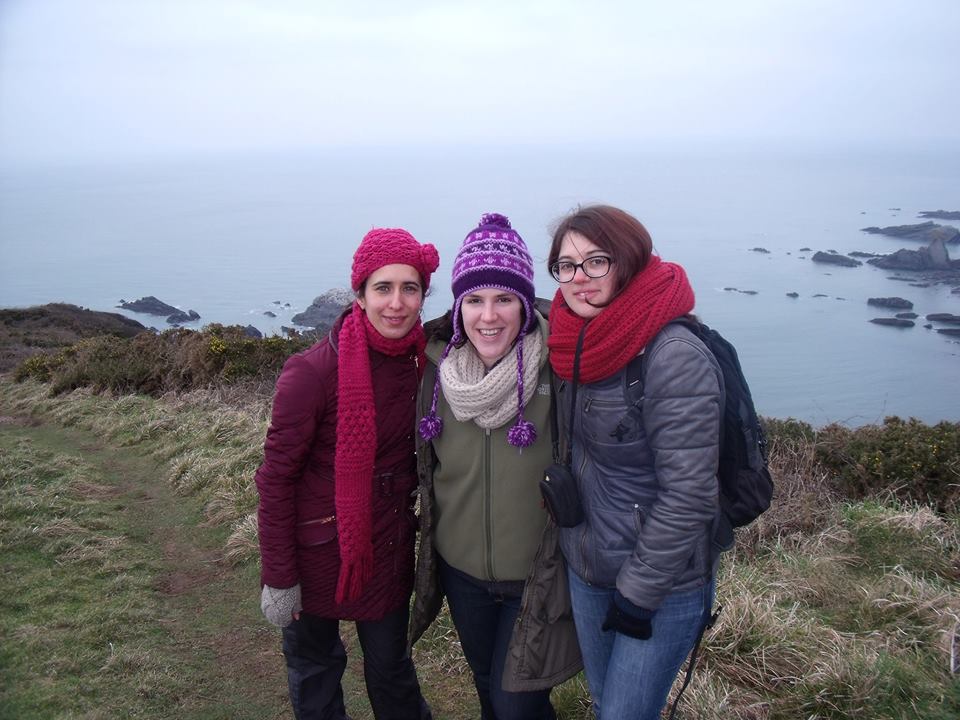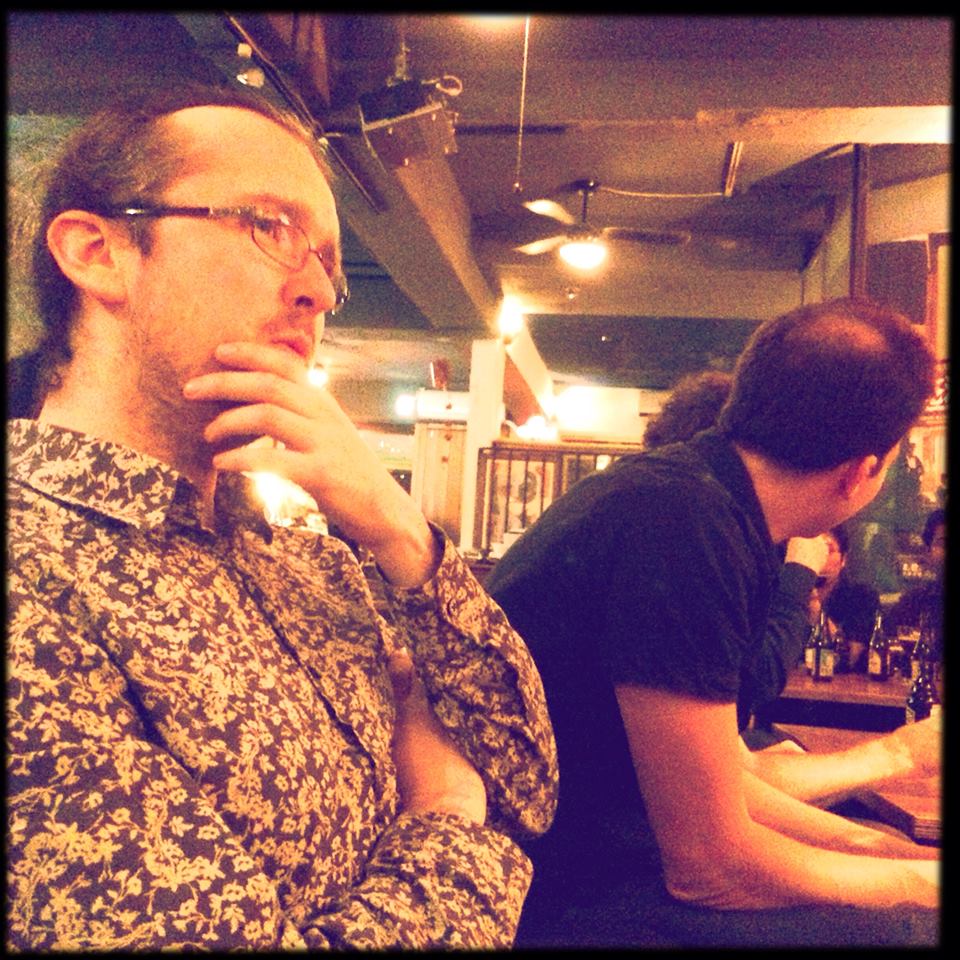I have recently completed my PhD in Astrochemistry / Computational Astrophysics at the University College London under the supervision of Dr. Jeremy Yates and Prof. Jonathan Rawlings. My viva was on the 21st of November 2013. I am currently working as Project Manager for DiRAC, which is the UK's high performance computing facility for astrophysics and particle physics. I am also the secretary for the National E-infratructure Project Directors Group.
About me

My Research
My thesis focused on the pressure-driven fragmentation of multiphase neutral clouds at high redshift (z=10). We study the evolution of a supernova remnant (SNR) as it evolves and interacts with its surrounding material. To capture the thermal instabilities (which enhance density gradients- and therefore fragmentation) that occur in the low-metallicity gas, we need to model the non-equilibrium cooling that dominates this system. As there are less coolants avalibale in low-metallicity gas compared to the Galactic environment, it is important to accurately model all componenets that contribute to cooling. Especially as my work focuses on investigating the most optimum parameters for supernova (SN) triggered low-mass star formation to occur at high redshift - we want to accurately model the fragmentation occuring when a SN shock interacts with a neutral cloud.
To model the thermal state of this system realistically, we need to calculate the non-equilibrium chemistry occuring at all temperatures to obtain the corresponding cooling from the chemical species. Therefore I have written a microphysics module that does this - it includes the non-equilibrium chemistry and associated cooling (from atoms, molecules and dust) over a temperature range of 10 - 109 K. Previous early SN models have concentrated on including the non-equilibrium cooling at temperatures below T = 104 K. Our results show that including the non-equilibrium cooling at all temperatures makes a significant difference to the evolution of SNR (please see figure 1 in the following poster presented at the Mind the Gap Conference [Cambridge UK, 2013]).
Example simulations
My microphysics module has been coupled to the radiative-hydrodynamics code PION. Here is a sample simulation- which focuses on a 7pc area where a SN shock interacts with a cloud (100 cm-3 and 1 pc radius). The SN shock originates from a 1051 erg blast wave (surrounded by 1 cm-3 ISM) that occured 40 pc from the cloud. The first video displays the mass density of the simulation and the second video displays the fractional abundance of HeH+, as the evoluton of each chemical species can be followed throughout the simulation.
About DiRAC
In December 2009 the new STFC Facility, DiRAC was established to provide distributed High Performance Computing (HPC) services. I am currently working as Project Manager for this facility. DiRAC provides a variety of computer architectures, matching machine architecture to the algorithm design and requirements of the research problems to be solved. For more information please visit www.dirac.ac.uk
Outreach


Why get involved with Your Universe?
Your Universe is UCL's festival of astronomy and attracts several hundred visitors each year. The event consists of two weekdays dedicated to schools (both primary and secondary) and two days dedicated to the general public (Sat and Sun).
This is great event that introduces kids (and adults) to concepts such as dark matter, meteorites, telescopes, stellar spectroscopy, exoplanets and much much more. This is a free event and relies on enthusiastic volunteers (Physics students can get paid). So please get involved!
For more information please visit http://www.ucl.ac.uk/youruniverse/
